Kenya is a land of spectacular geography and lively heritage, with its many different monuments, both varied and well-preserved in Kenya. Monuments in Kenya reflect powerful tales of resistance, togetherness, and pride of the people accepting colonialism but also consenting to be a part of an important narrative. The buildings are not just reminders of history; they have been formally recognised by the National Museums of Kenya as cultural landmarks. Form beautiful reminders of Kenyans’ past and present, whether they are visiting the local scene of Nairobi or going down to the Swahili coast of Mombasa, because these monuments express narratives infinitely.
Top 10 Monuments In Kenya
Here is a list of the most stunning monuments in Kenya, from memorable colonial-era buildings to important cultural monuments.
1. Uhuru Gardens And Monument, Nairobi
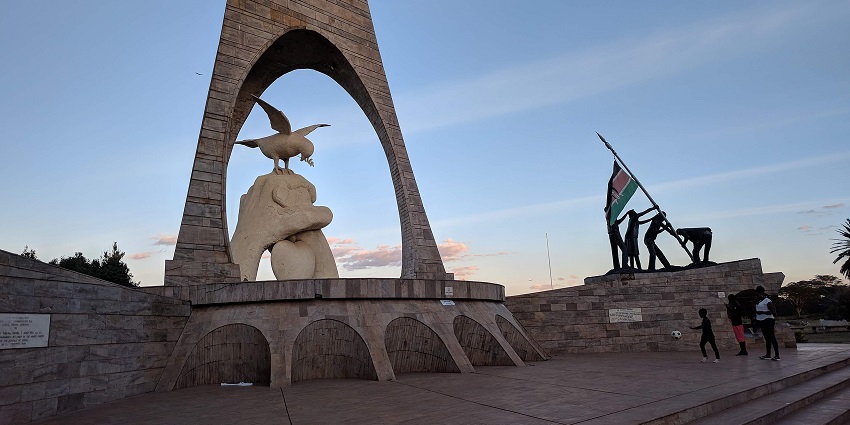
Photo: Luide Kakembo / Wikimedia Commons
The Uhuru Monument, located in Uhuru Gardens in Nairobi, is one of the iconographical representations of independence and national pride in Kenya. It was built in 1963 to remember the lowering of the British flag as the Kenyan flag was hoisted and, obviously, provided a solemnity to the occasion. Now, when people look at this monument, they remember that midnight hour on December 12th when Kenya complained about its independence from colonial rule. The monument depicts a tall granite column with the statue of a man and woman raising the Kenyan national flag, which represents unity and freedom.
Timings: 8 AM – 6 PM
Nearby Attractions: Nairobi National Park, Giraffe Centre
2. McMillan Memorial Library, Nairobi
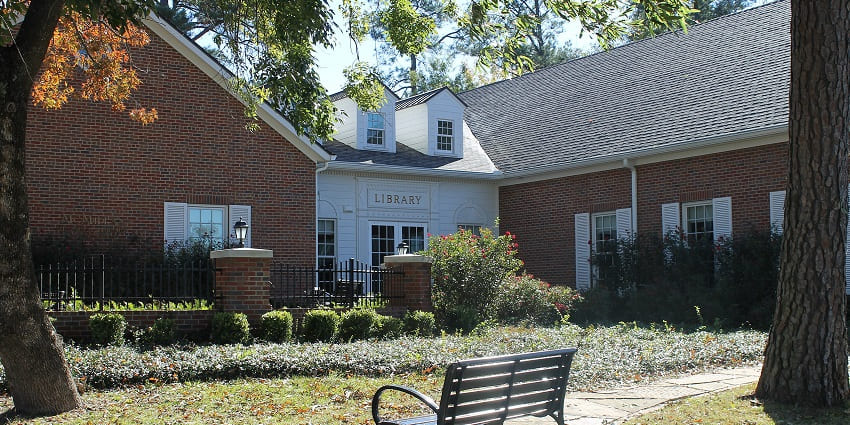
Photo: Billy Hathorn / Wikimedia Commons / Image For Representation Only
In Nairobi, the McMillan Memorial Library is one of the most well-known colonial institutions in Kenya. Opened in 1931 for American shopper-philanthropist Sir William Northrup Macmillan, it has the distinction of being one of the earliest libraries in East Africa and is located along Banda Street right in the middle of Nairobi’s Central Business District. The library has grand pillars and staircases with a grand façade that is classic British architecture. The library opened for use and has helped generations of Kenyans enjoy many books, historical records, and government publications.
Timings: 9 AM – 5 PM (Monday to Friday)
Nearby Attractions: Kenyatta International Conference Centre (KICC), Jeevanjee Gardens, Jamia Mosque
3. Jomo Kenyatta Mausoleum, Nairobi
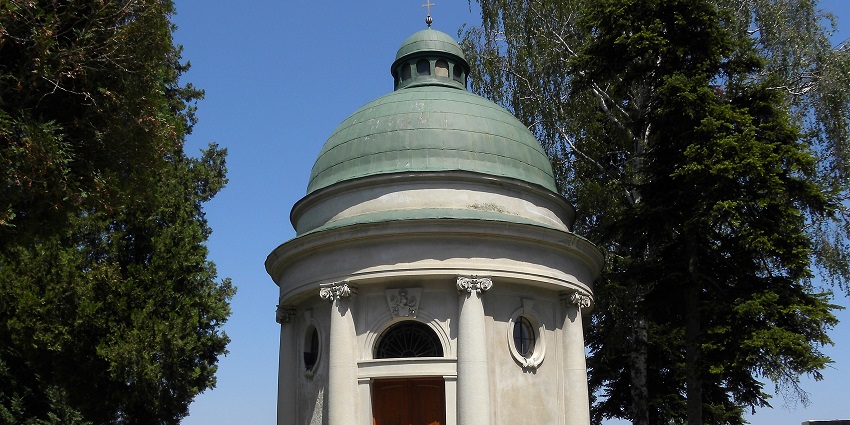
Photo: Haeferl / Wikimedia Commons / Image For Representation Only
The Jomo Kenyatta Mausoleum in Nairobi is a significant national monument in honour of the founding father and the first president of Kenya, Mzee Jomo Kenyatta. The mausoleum is located in front of the Parliament Buildings and is highly guarded, as Kenyatta’s body is in a marble tomb within. The tomb symbolises Kenyatta’s legacy. The mausoleum was made shortly after his death in 1978 and has both modernist and traditional African aspects in its design. While access to the mausoleum interior is limited, it remains a national place to gather for events and commemorations. There are various statues and plaques surrounding the mausoleum explaining Kenyatta’s contributions.
Timings: 24/7 (outside view)
Nearby Attractions: Parliament Buildings, Nairobi Gallery, KICC
4. Fort Jesus, Mombasa
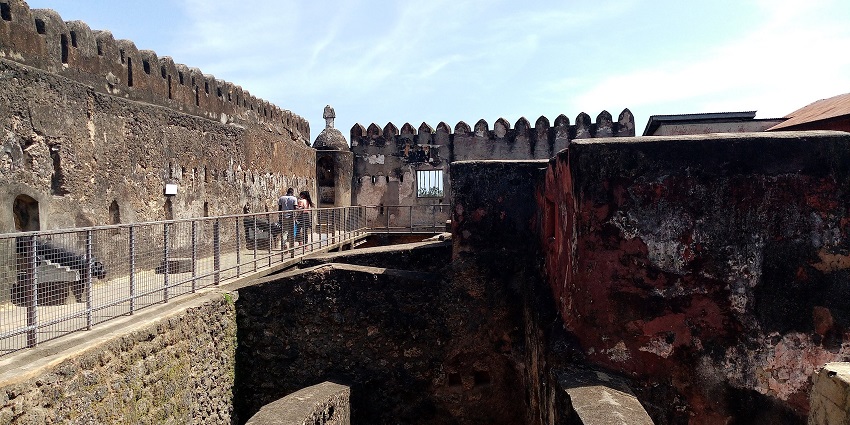
Photo: Kensta87 / Wikimedia Commons
Fort Jesus, Mombasa, is an important symbol in Kenya, built in 1593 by the Portuguese to safeguard their trade around the East African coast. Since it is located overlooking the Indian Ocean near the coast, the fort’s architecture includes touches from Europe, Arabia, and Swahili regions because of the area’s history. The thick coral walls, battlements, and watchtowers once defended the fort, and under the Omani and British, the structure became a prison. Currently, Fort Jesus holds the status of a UNESCO site as well as being a protected museum full of archaeological materials, old cannons, and cultural items connected to the Swahili people.
Timings: 8 AM – 6 PM
Nearby Attractions: Old Town Mombasa, Swahili Cultural Centre, Mombasa Tusks
5. Dedan Kimathi Statue, Nairobi
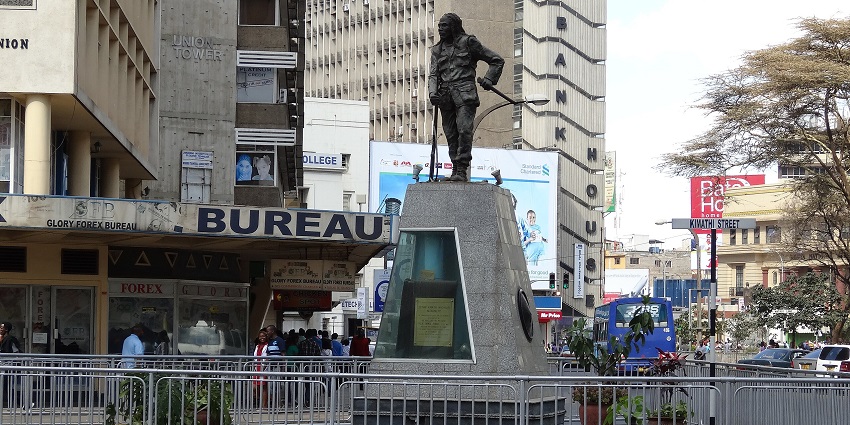
Photo: K.Gituma / Wikimedia Commons
In Nairobi, Kenya, the Dedan Kimathi Statue ranks high among the country’s most important monuments. It pays homage to Dedan Kimathi, who led African fighters in their 1950s uprising against British rule. Kenya’s independence can be seen in the bronze statue standing in the city centre. The figure represents the hard work and courage of Kenyans. This statue was designed by Maina Mwangi and shows Kimathi armed with a rifle, while the chain he is holding represents his support for resistance against the British Empire. Many people visit this place to remember Kenya’s brave efforts to gain independence. The statue stands for both national pride and courage.
Timings: 24*7
Nearby Attractions: Nairobi National Archives, August 7th Memorial Park, Central Park
6. Nyayo Monument, Nairobi
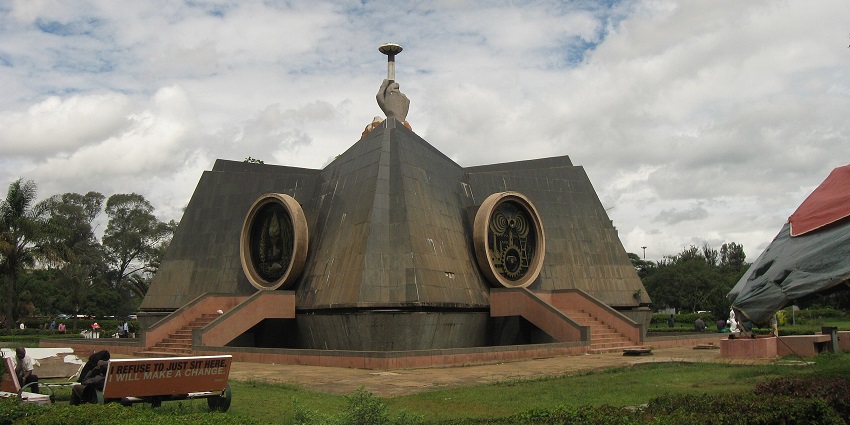
Photo: Ruslik0 / Wikimedia Commons / Image For Representation Only
The Nyayo Monument, located in Nairobi, represents the nation’s path to peace, unity and progress. The monument was completed in 1993 to honour the late President Moi’s idea of “Nyayo”, a term that means footsteps in Swahili. Peace, love, unity and tranquillity are represented by the tall and cylindrical pillars in the monument’s design, showing which values directed Moi while he was president. Because it is next to the Kenyatta International Conference Centre (KICC), it is popular among people interested in Kenya’s political history.
Timings: 8 AM – 6 PM
Nearby Attractions: Uhuru Park, City Hall, Nairobi Gallery
7. Tom Mboya Statue, Nairobi
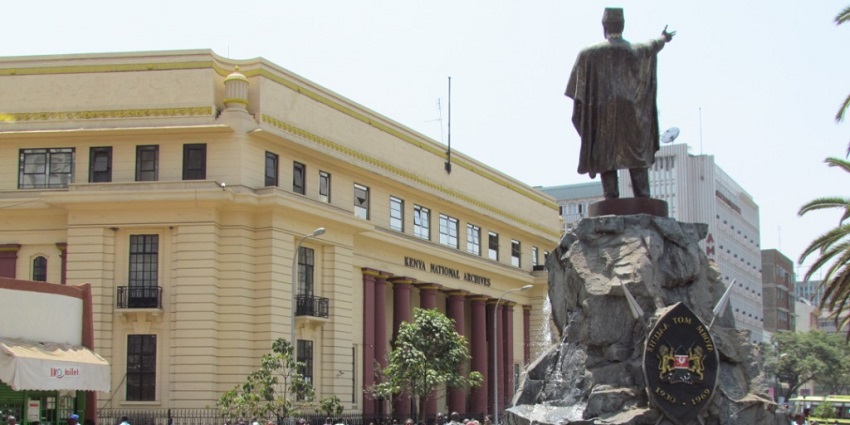
Photo: Dexxe / Wikimedia Commons
Kenya’s City Square houses the Tom Mboya statue to commemorate one of its great political leaders. As a tribute to Tom Mboya, this statue represents his important work to secure Kenya’s independence and help with important causes. The statue by the side of his image stands, showing the grace and poise of this leader and orator. Because it is near a busy city area, the statue is a sign of Kenyan political history and what people have sacrificed for the country’s independence. The monument is popular because many visitors enjoy viewing it during their travels.
Timings: 24*7
Nearby Attractions: Moi Avenue, Kenya National Archives, Kencom Bus Station
8. Mombasa Tusks (Moi Avenue Tusks)
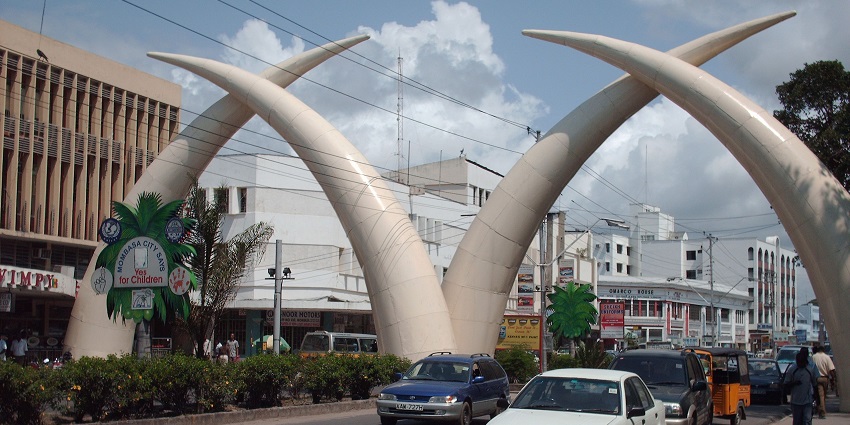
Photo: Sandro Senn / Wikimedia Commons / Image For Representation Only
Known locally as the Moi Avenue Tusks, the Mombasa Tusks are a well-known sight in Kenya. Built in 1952 for the royal visit, the Mombasa Tusks are a lasting symbol of how Mombasa is located on the coast of East Africa. Kenya’s wildlife heritage, especially its elephants, is shown through the shape of the tusks on its lower house. Because it is located right in the middle of Mombasa’s busy centre, the monument is popular among tourists and residents for its photogenic side. Tusks represent a time when Kenyans joined forces for peace during the country’s colonial period, in addition to looking impressive.
Timings: 24/7
Nearby Attractions: Fort Jesus, Uhuru Garden, Mombasa Old Town
9. Jamia Mosque, Nairobi

Photo: Ruslik0 / Wikimedia Commons / Image For Representation Only
The mosque was constructed in 1906 and serves as one of Nairobi’s places of worship for followers of Islam. Furthermore, it is seen as a symbol of Nairobi’s diversity. The combination of local influences, as well as traditional Islamic designs, makes the mosque’s architecture unique and special. Its striking white façade, classical minarets, and decorated arches form a compelling design. Jamia Mosque is located in the middle of Nairobi’s Central Business District, and it has historically served as a space for prayer, activities, and education.
Timings: 9 AM – 6 PM
Nearby Attractions: Jeevanjee Gardens, City Market, Kenyatta Avenue
10. Vasco Da Gama Pillar
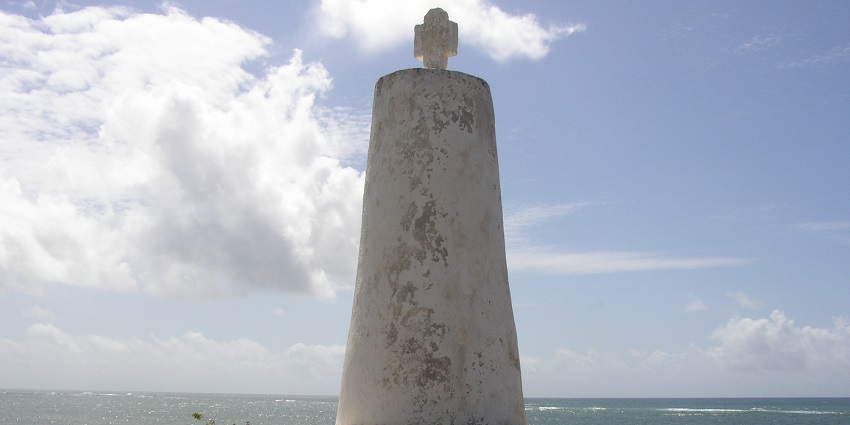
Photo: Mgiganteus / Wikimedia Commons
The Vasco da Gama Pillar is an old and essential monument found in Malindi, a coastal town in Kenya. Built in 1498 by Portuguese explorers, the pillar is a reminder that Vasco da Gama, a Portuguese traveller, first landed here in East Africa as he sailed to India. The pillar represents Europe’s early sailing days and the initial exchange of goods between Europe and East Africa. Although it has stood through many coastal climate changes, the coral stone has largely survived intact. As well as marking Kenya’s history, the pier is a cultural symbol showing how world explorers interacted with its people.
Timings: 8 AM – 6 PM
Nearby Attractions: Malindi Museum, Portuguese Chapel, Malindi Marine National Park
Kenya’s monuments illustrate a collage of cultural identity, resistance, and architectural splendour. As with the stories of the colonial forts and the libraries, the freedom fighters’ statues and sacred forests, Kenya’s monuments tell a piece of the story of Kenya. Regardless of whether you are a history nerd, a cultured person, or an inquisitive traveller, touring all of the officially recognised monuments in Kenya is a journey worth doing. Plan a trip with TripXL, and walk through Kenya’s living history.
Cover Photo: Govind Singh / Wikimedia Commons


 WhatsApp
WhatsApp
 Twitter
Twitter









